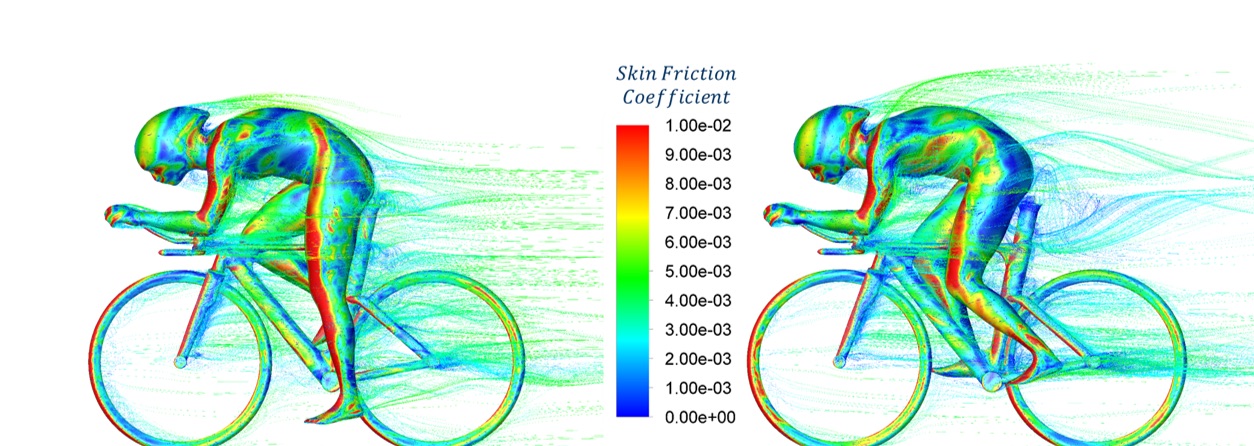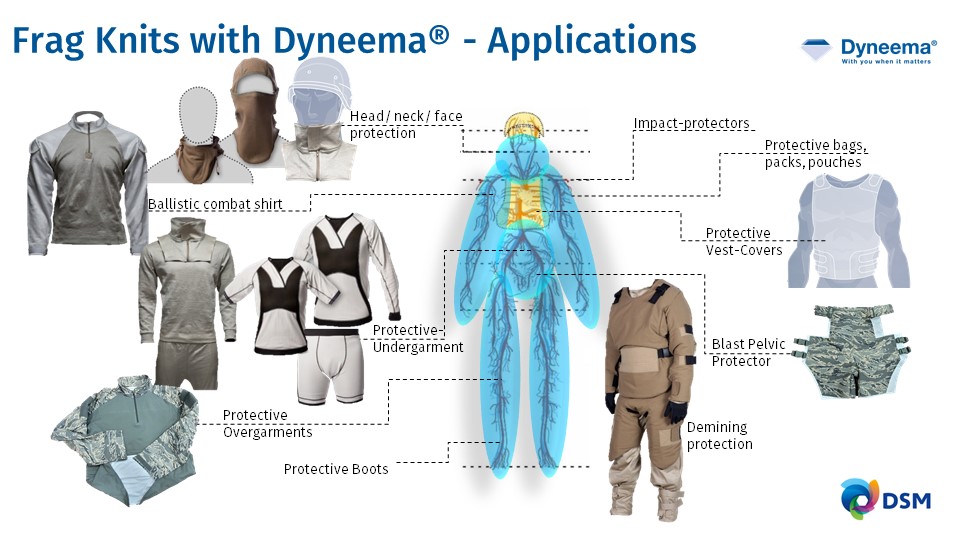This article has been adopted from : https://www.innovationintextiles.com/smart-textiles-nanotechnology/the-dynamic-relation-between-humans-and-clothing/
The dynamic relation between human and clothing was the subject of the International Conference Clothing-Body Interaction 2021 held virtually and organised jointly by the Technical University Liberec and ITM, TU Dresden. The subjects under discussion ranged from 3D and 4D scanning and digital simulation, to soft avatars and new material developments in a biobased Dyneema as well as a novel carbon nanotube and aramid sensor.
New research and development in 3D and 4D scanning is providing the apparel and footwear industries with answers to many questions, but with this increase in knowledge comes a whole range of new tasks.

Developing techniques to optimise cycle clothing with academic and industry cooperation between ITM, TU Dresden and Biehler Sportswear GmbH & Co. KG.
© 2021 ITM, TU Dresden and Biehler Sportswear GmbH & Co. KG.
Conference co-chair, Prof. Dr.-Ing. habil. Yordan Kyosev sees these advances in scanning as being particularly important for highly engineered textile products as well as those where the functions and comfort have to be maximised in order to provide protection against mechanical, chemical, temperature influences.
In his presentation on high speed body scanning and FEM simulations as tools for investigating the interaction between the human body, clothing and environment Dr Kyosev acknowledges that although the goal is the knowledge of the interactions within and around a single body, such investigation is still at an early stage with multiple strands.

A range of applications using Frag Knits with Dyneema from DSM.
© DSM
Improvised Explosive Devices (IEDs) kill or maim more people than any other type of weapon apart from firearms according to the United Nations (UN). Cheap, easy to make and access from 2011-2015 they have resulted in an estimated 105,000 casualties.
Conventional ballistic garments do not provide military personnel with sufficient protection caused by weaponised fragments penetrating garments to reach unprotected areas of the body. DSM estimate as much as 70% of the body is unprotected.

Vital Mechanics use a Vicon motion capture system uses a probe for body measurements that take account of soft body tissue (l.), that is then used to create more realistic simulations
While much of the focus of measuring garment size and fit is centred on movement, keynote speaker Dinesh K. Pai addressed the question of how we create trustworthy soft avatars. His company, Vital Mechanics is a spinoff with a group of his students from the Vital Mechanics Research & Sensorimotor Systems Lab at the University of British Columbia.
“Fit is fundamental to the digital transformation of the apparel industry,” Pai comments, before going on to provide a compelling argument for the need to take better account, that is measurement, of human soft tissue.
Key to their solution is the use of their proprietary VitalProbe coupled with VitalFit software to provide a seamless integration of soft avatars into existing 3D workflows. In a Canadian study sponsored by DRDC Vital Mechanics simulated fit of body armour on both male and female soldiers using soft avatars constructed from 3D scans. Results showed a marked improvement in the prediction of shape, pressure and airgap. With Canada aiming to achieve a 25% female defence force by 2026 this is a potentially big market for them.
